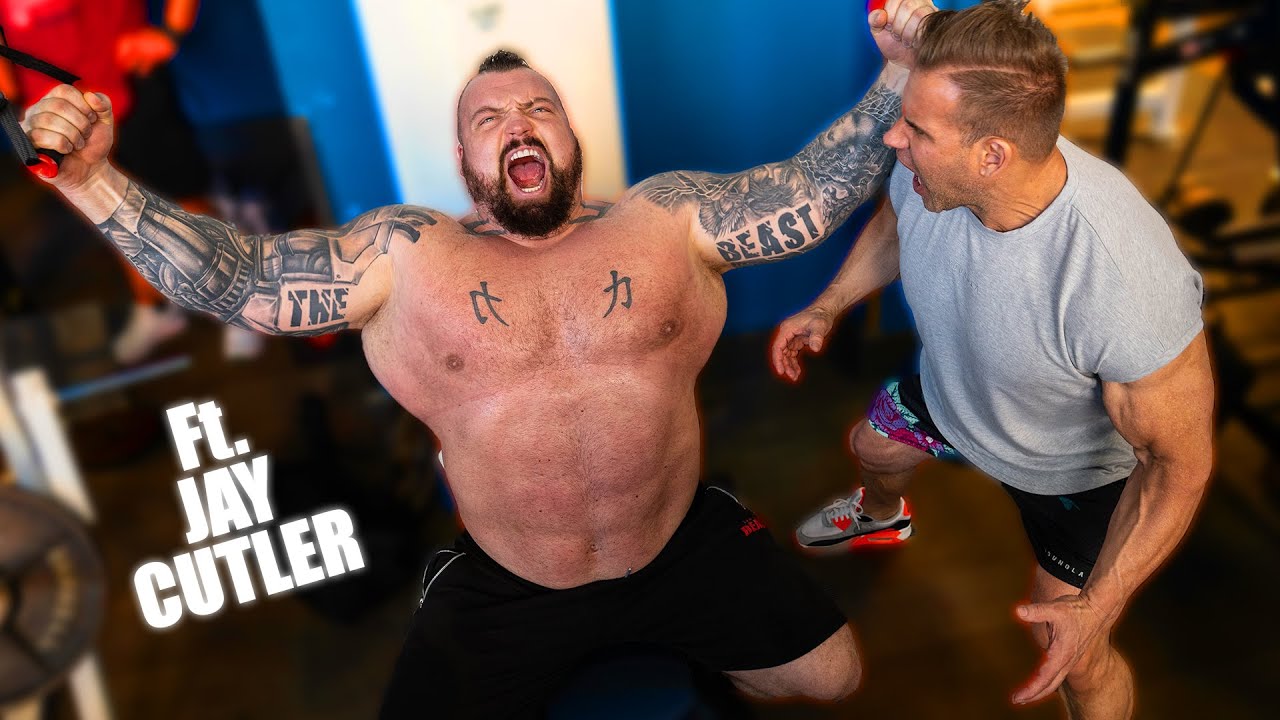This
post was originally published on
this sitehttp://www.marksdailyapple.com/
 Sometimes folks who are interested in losing weight or getting healthier get so focused on the minutia of ”optimizing” their diet, supplements, exercise, and lifestyle that they gloss over the basics. This is a mistake. No matter your goal, you have to lay a good foundation before worrying about the finishing touches. When starting a keto diet, that means gradually reducing carbs to build a base of metabolic flexibility and get into ketosis.
Sometimes folks who are interested in losing weight or getting healthier get so focused on the minutia of ”optimizing” their diet, supplements, exercise, and lifestyle that they gloss over the basics. This is a mistake. No matter your goal, you have to lay a good foundation before worrying about the finishing touches. When starting a keto diet, that means gradually reducing carbs to build a base of metabolic flexibility and get into ketosis.
To be clear, you can slam your body into ketosis by dropping from several hundred grams of carbs per day, typical in a modern diet, straight to the very low carb intake required for keto. I don’t recommend it, though.
For one thing, jumping from a high-carb diet into keto sets you up for the world of hurt known as keto flu. When you suddenly deprive your body of glucose, you can expect to experience headaches, lethargy, brain fog, and an inability to perform your typical workouts. Gradually reducing carbs gives your body the opportunity to upregulate its ability to burn fat for fuel, a necessary prerequisite of ketosis.
Not for nothing, a gradual transition also gives the people in your life time to get on board. You might be excited about your big lifestyle change, but I hear all the time from people who are struggling because their partners, kids, or roommates aren’t exactly supportive of them tossing all the junk food and refusing to go through the drive-thru on the way home.
Even if you’re already following a moderate-carb Primal way of eating, I still recommend taking the time to make your transition as seamless as possible. No matter where you’re starting, the best way to reach ketosis is to gradually and systematically reduce your carb intake. This is the same approach that I describe in The Keto Reset Diet, and it’s worked for the thousands of people who have participated in our Keto Month challenges.
What Is Ketosis?
Ketosis is a metabolic state in which your liver is making ketones, which are molecules that any mitochondria-containing cell can use for energy. Your brain and heart especially thrive on ketones. To get into ketosis, you must deplete liver glycogen (the glucose stored in your liver) and keep insulin levels low. Very-low-carb diets and fasting, or a combo of the two, will get you there. Glycogen-depleting exercise helps, too.
Ketogenic (“ketone making”) diets are popular for everything from losing weight to lowering insulin and blood sugar to augmenting traditional cancer treatments. Inflammation is at the root of every chronic illness, and ketones are anti-inflammatory. They are also an efficient fuel source, and athletes across the sport spectrum are experimenting with using low-carb diets to burn fat and ketones during exercise.
The Primal Blueprint qualifies as a low-carb eating style, especially in comparison to the high-carb Standard American Diet, simply by virtue of the fact that it eliminates the major sources of carbs in the typical modern diet: grains and sugar. The version of keto I recommend is an offshoot of the Primal diet you know and love, but with fewer carbs—below 50 grams or so per day. That’s orders of magnitude less than the average person eats, and maybe half or a third of what a typical Primal person consumes. So how do you get there?
How to Gradually Reduce Carbs and Get Into Ketosis
Step one: Start with the big offenders, grains and added sugars
That means no more sugary breakfast cereal, cupcakes, soda, or donuts, but it also means no “heart healthy” whole-grain bread or pasta. Instead, build your meals and snacks around Primal fare—meat, produce, eggs, nuts and seeds, optional full-fat dairy and “sensible indulgences” like very dark chocolate (not the super sugary stuff). For those of you accustomed to the Primal Blueprint, this should be familiar. In Keto Reset lingo, we call this the metabolic reset phase. It’s the first step toward becoming fat-adapted, meaning that your cells can efficiently burn fat for fuel in place of glucose.
At this point you aren’t counting carbs, nor are you worried about the carbs that naturally come along with fruit, vegetables, dairy products, or any other Primal food sources. Depending on where you start, it can take a while to completely eliminate grains and added sugars and get comfortable eating Primally. Stay at this step for as long as it takes. There’s no rush here.
Step two: Eat less fruit and higher-carbohydrate vegetables, tubers, and legumes
Next, take a look at the foods you’re currently eating and start to notice their carbohydrate content. Most people don’t have any idea how many carbs, or how much fat or protein, they’re taking in on an average day. A nutrition tracker like Cronometer is useful here. You don’t need to meticulously weigh and measure your food at this stage, but you want to pay attention to what’s on your plate.
Start limiting the portion size of your highest-carb foods or swapping them out for lower-carb alternatives. There aren’t any rules about how exactly to do this, but aim to be in the range of 75 to 100 grams of carbs, give or take, on a typical day. (If you were eating Primally to start, this might already be your norm.) If you’re eating two or three servings of fruit per day, maybe you decrease it to one and trade grapes (27 grams of carbs per cup) for strawberries (12 grams of carbs per cup). If you’re still eating a cup of black beans three times per week, try half a cup twice per week, then once.
This is also a good time to take a look at your alcohol consumption. Besides the carb content, alcohol can interfere with ketosis.
Step three: Go keto!
The final step is to tighten the reins and get your carb intake below 50 grams per day. I don’t worry about carbs that come from above-ground green vegetables and avocados, so you have some wiggle room there, but 50 grams per day is a good target to keep in mind.
Whereas the first two steps were somewhat laid back, here you need to be strict. Ketosis only occurs when the metabolic conditions are right. There is a distinct on-off switch. Too many carbs, and you won’t be in ketosis. For that reason, it’s often necessary to track your food carefully for at least a few days to see where you’re at. You may also want to measure your ketone levels to ensure you’re hitting your goal. That’s not mandatory.
At this point, there won’t be much room in your carb allowance for fruit, below-ground vegetables, or legumes. Prioritizing the most keto-friendly fruits and vegetables will allow you to enjoy the biggest, most satisfying meals.
What Else You Should Do To Encourage Ketosis
The transition to keto is all about developing new metabolic pathways. That’s largely about what you eat, but there are other things you can do to help the process along.
- Increase your electrolytes. When you drop into ketosis, your kidneys start flushing electrolytes. Mindfully increasing your sodium intake especially, but also potassium and magnesium, is key to staving off keto flu.
- Adjust your exercise. During the transition, you’ll probably have a hard time accessing top-end speed and power. Dial back the intensity and/or duration, then gradually work back to your normal volume.
- Mind your stress. Stress activates the fight-or-flight response, which will increase the body’s demand for glucose.
Reversing the Process – Backing Out of Keto
Transitioning out of keto to a more moderate-carb approach is as simple as gradually increasing your intake of the fruit, higher-carb vegetables, and perhaps tubers and legumes you reduced in step two. Add maybe 25 grams of carbs per week until you find your personal carb tolerance sweet spot—the point at which you feel the best mentally and physically.
Why would you want to stop eating keto? You don’t have to. I know people who have been happily and successfully keto for a couple of decades. But I don’t think constant ketosis is necessary. For optimal metabolic flexibility, I prefer to cycle in and out of keto. This also gives you the freedom to enjoy holidays, meals out with friends, and fresh summer fruit without concerning yourself about staying in ketosis 24/7.
That’s it, pretty simple really. Comment below with any questions or topics you’d like me to cover next!
The post How to Gradually Reduce Carbs to Reach Ketosis appeared first on Mark’s Daily Apple.


 Sometimes folks who are interested in losing weight or getting healthier get so focused on the minutia of ”optimizing” their diet, supplements, exercise, and lifestyle that they gloss over the basics. This is a mistake. No matter your goal, you have to lay a good foundation before worrying about the finishing touches. When starting a keto diet, that means gradually reducing carbs to build a base of
Sometimes folks who are interested in losing weight or getting healthier get so focused on the minutia of ”optimizing” their diet, supplements, exercise, and lifestyle that they gloss over the basics. This is a mistake. No matter your goal, you have to lay a good foundation before worrying about the finishing touches. When starting a keto diet, that means gradually reducing carbs to build a base of 


 For now classes are 6pm and 640pm at 2840 Wildwood st in the Boise Cloggers studio.
Book your class NOW!
click this ==>
For now classes are 6pm and 640pm at 2840 Wildwood st in the Boise Cloggers studio.
Book your class NOW!
click this ==>








